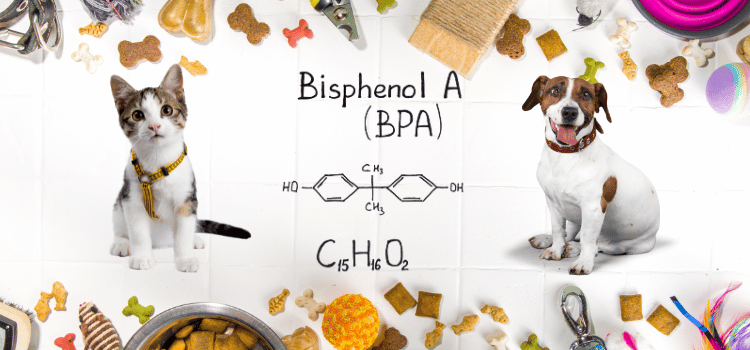
In this blog, we will explore the importance of temperature in pet food storage. What is the best temperature for pet food? how different temperatures affect food and best practices for storing pet food at the right temperature.
Proper pet food storage is essential for maintaining the nutritional value and safety of your pet’s food. One critical factor often overlooked is temperature. Temperature can significantly impact the shelf life, quality, and safety of pet food.
What Is The Best Temperature For Pet Food?
Pet food should be stored at temperatures:
- Ideal Storage Temperature: 50°F to 70°F (10°C to 21°C)
- Avoid Temperatures Above: 85°F (29°C) to prevent spoilage and rancidity
- Refrigeration: Keep opened wet food and perishable pet food at 35°F to 40°F (1.7°C to 4.4°C)
Why Temperature For Pet Food Storage Matters
Temperature plays a vital role in preserving the freshness and safety of pet food. Here are some key reasons why maintaining the correct temperature is crucial:
- Preventing Spoilage: High temperatures can accelerate the spoilage of pet food, leading to rancidity and loss of nutritional value.
- Avoiding Bacterial Growth: Warm temperatures create an ideal environment for bacterial growth, which can contaminate the food and cause illness.
- Maintaining Nutritional Integrity: Extreme temperatures can degrade the vitamins and minerals in pet food, reducing its nutritional benefits.
- Prolonging Shelf Life: Proper temperature control helps extend the shelf life of pet food, ensuring it remains fresh and safe for consumption.
How Temperature Affects Pet Food

Different temperature ranges can have varying effects on pet food.
Understanding these effects can help you store pet food correctly:
- High Temperatures: Exposure to high temperatures can cause fats in the food to become rancid, leading to off smells and tastes. It also accelerates the degradation of vitamins and nutrients.
- Room Temperature: Most pet foods are designed to be stored at room temperature (between 50°F and 70°F). This range helps maintain the food’s freshness and nutritional value.
- Low Temperatures: While refrigeration can extend the shelf life of some pet foods, it can also cause moisture to condense inside the container, potentially leading to mold growth.
- Freezing: Freezing pet food can preserve it for longer periods, but it may affect the texture and palatability of the food. It’s essential to follow manufacturer guidelines when freezing pet food.
Best Practices for Storing Pet Food at the Right Temperature
To ensure your pet’s food remains fresh and safe, follow these best practices for temperature control:
- Store in a Cool, Dry Place: Keep pet food in a cool, dry location away from direct sunlight and heat sources such as stoves, radiators, and windows.
- Avoid Temperature Fluctuations: Consistent temperatures help maintain food quality. Avoid storing food in places with significant temperature fluctuations, such as garages or uninsulated basements.
- Use Airtight Containers: Airtight containers help protect the food from temperature variations and humidity, keeping it fresh for longer.
- Check Manufacturer Recommendations: Follow the storage guidelines provided by the pet food manufacturer, including any specific temperature recommendations.
- Refrigerate or Freeze When Necessary: If recommended by the manufacturer, refrigerate or freeze pet food to extend its shelf life. Ensure proper thawing methods are used to maintain food quality.
Frequently Asked Questions About Temperature For Pet Food Storage
Q: Can I store pet food in the garage? A: It’s not recommended due to potential temperature fluctuations and exposure to pests. A cool, dry indoor location is preferable.
Q: Is it safe to freeze pet food? A: Some pet foods can be frozen, but always check the manufacturer’s guidelines. Freezing can affect the texture and taste of the food.
Q: How do I know if pet food has spoiled due to temperature? A: Look for signs such as off smells, discoloration, or mold. If in doubt, it’s safer to discard the food.
Q: Can high temperatures affect canned pet food? A: Yes, high temperatures can cause canned food to spoil or the cans to bulge, indicating bacterial growth. Store canned food at room temperature.
Q: What is the best temperature range for storing dry pet food? A: Dry pet food should be stored at room temperature, ideally between 50°F and 70°F, in a cool, dry place.
Summary
Maintaining the correct temperature is crucial for preserving the freshness, safety, and nutritional value of your pet’s food.
By understanding how different temperatures affect pet food and following best practices for temperature control



